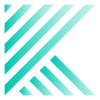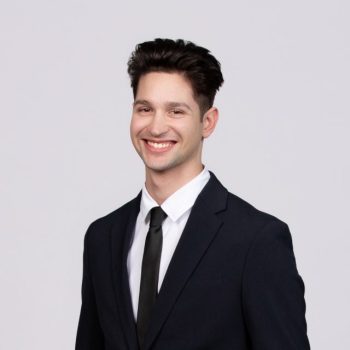At KassaiLaw we consider ourselves lucky to love our jobs, but everything comes at a price: it can result in forgetting to eat or even stand up for long hours, or to make space for free-time activities. We have to be more conscious than ever before about taking care of ourselves and setting boundaries because failing to do so can eventually lead to burnout. Because of the increasing challenges lately in work-life balance, we wanted to show you that we also put time aside for other things than work.
Our last interviewee is Agnes Goher, our Legal Services Representative at KassaiLaw. She will talk about how both law and art can be part of one’s life.
- Were you an artistic person, when you grew up?
I was always interested in different artistic activities. I remember that I won a few drawing competitions in nursery and as a primary school student in my hometown. Once, I recited a poem in German on local TV, and I was also a member of the high school drama club. Later, these activities only remained as hobbies and I became interested in art history, which has become my second profession.
- Art and law are two very different areas lauding different skill sets and approaches. How did you discover that you find both of them attractive? How did you decide which side of you to pursue for a living?
As I have mentioned, fine art is an important field of interest for me, later I started to dig deeper into the theoretical side of art history, the different periods and trends, and this field has become an area in which I feel my mind was being nourished. However, when I needed to decide on my further education, as a rational thinker I opted for law, which has always occupied me as an opportunity. Later, I also completed a BA degree in art history at the Eötvös Loránd University.
In connection with the second question, I would say that I found a place at KassaiLaw where I can deal with both areas. Although we are a law firm, our clients include artists, we deal with intellectual property protection, an area in which we also focus on creation, and within the KassaiLaw Entrepreneurship Academy we can teach at art universities.
- Could you find anything that is common to law and art?
In one sentence: things have meaning. It is true that these are different areas and until I started to actively deal with both, I had no idea that there was more in common in the two fields than we might think. In both, the meaning of things plays a prominent role, since while a symbol has a complex meaning on a painting, in a legal context, an ordinary word can have a completely different meaning to the one most people know.
- What is it that we lawyers could learn from artists?
In my view, in modern art, artists who create something entirely new can achieve outstanding success. Although everything has seemingly been thought of and done before, contemporary art always has surprises in store for us. I think lawyers could adopt this dynamic development in the practical operation of the legal profession, using new technologies, reacting faster to innovations, as we can see, a virtual law firm can achieve great efficiency by applying this modern method.
- What do you do exactly at the OFF Biennale art festival?
There is no project without documents and contracts, even in the field of art, so I help the projects to prepare different agreements. It is an activity which allows me to see the creation of each project and get to know the artists themselves. The Biennale was made up of lots of little puzzle pieces, it feels good to know that I was able to put some of them in place.
- How do you keep some quality time for yourself outside work? Do you have any resolutions for a better work-life balance?
As an early bird I prefer to start the work on time, I like to get things done as soon as possible, and with this attitude I can keep my evening hours for free-time activities. However, it can happen that my working day is long, in which case I try to insert micro breaks into the day, e.g. enjoy drinking my coffee with a piece of chocolate or ‘planking’ for a few minutes for physical activity. On top of that, art is something that is always there for me, since one of my favorite areas is architecture, I can have a great time just walking down the street and looking at the various beautiful buildings.







